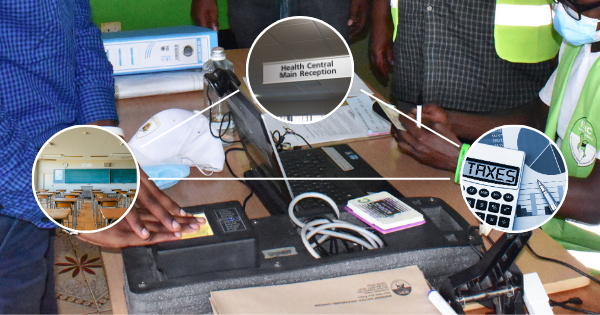Social welfare is a key instrument for promoting equity, dignity, and stability in society. It refers to government-supported initiatives that provide assistance to individuals and families who are vulnerable due to age, disability, poverty, or other social disadvantages. In Kenya, the social protection system has grown over the years to support groups most in need.
During the 2025-2026 budget reading on June 12, Treasury Cabinet Secretary John Mbadi provided an update on the state of social welfare in the country, focusing on the status of government-led cash transfer programmes and youth employment initiatives.

To enhance social security for vulnerable groups, the government reported the following updates on the Inua Jamii Cash Transfer Programme:
- Beneficiaries of the Orphans and Vulnerable Children (OVC) Fund have increased by 65 percent since 2022, reaching 428,421.
- Beneficiaries under the Persons with Disabilities (PWDs) programme have grown by 34 percent, now totaling 59,637.
- The Older Persons Cash Transfer, targeting citizens aged 70 years and above, has increased by 66 percent, with the number now at 1.2 million.

In addition to cash transfers, the CS announced the rollout of the Climate Worx Programme, which aims to engage about 110,000 youth across the country in climate-related work. This initiative appears to replace the discontinued Kazi Mtaani programme and is expected to focus on environmental restoration and resilience. Youth interested in participating are encouraged to register through the official platform at www.crsp.go.ke to be part of this nationwide opportunity.
In matters of health, the CS reported a 175 percent increase in the number of people registered under the Social Health Authority (SHA), rising to 22 million, up from 8 million previously registered under NHIF.
While these developments reflect expanded coverage, it is important to acknowledge that implementation of these programmes has faced persistent challenges. These include delays in disbursements, inefficiencies in targeting the right beneficiaries, and gaps in monitoring and accountability.

Understanding these figures is not only important for public awareness but also for encouraging greater scrutiny and action. For social welfare to have meaningful impact, such programs must be effectively managed and continuously improved to meet the needs of the most vulnerable.
Join our WhatsApp channel here for inspiring insights on social issues




